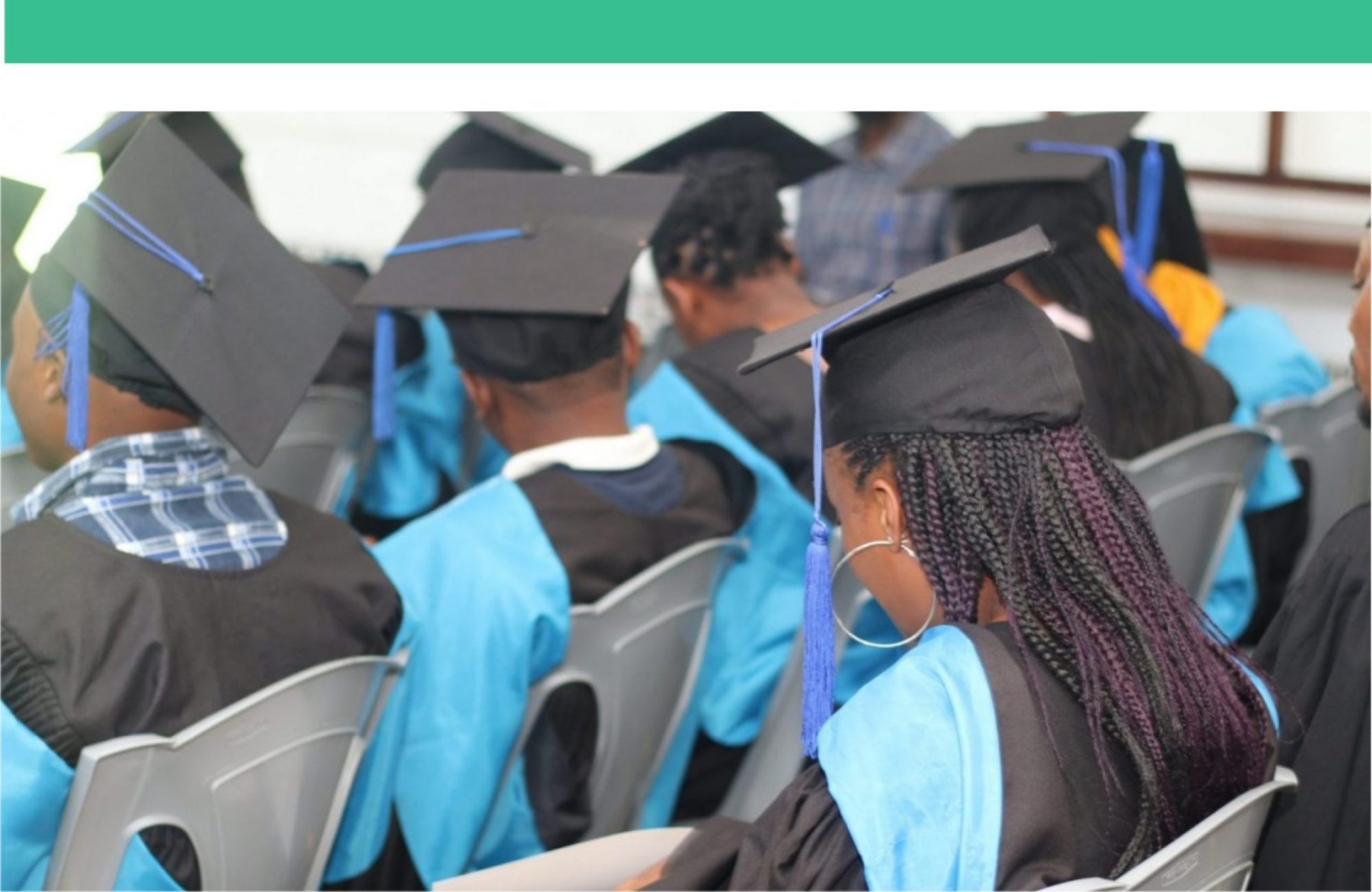Giving a hand is more than just an act of kindness—it’s an art. As I’ve come to realize over time, not everyone can truly master this skill. Some people are naturally inclined to help, while others find it hard to step in when needed. The same goes for receiving help. For some, accepting assistance feels like a weakness, and for others, it’s a sign of strength and wisdom.

There have been moments in my life where I’ve struggled to find the balance between offering help and recognizing when I need it myself. It’s easy to see the act of giving as a straightforward exchange: someone needs something, and you provide it. But it’s so much deeper than that. Helping someone effectively requires empathy, patience, and a keen understanding of their needs—not just what we think they need.
I used to believe that offering help was simply about showing up. But through various experiences, I’ve learned that giving a hand requires more than being physically present; it demands emotional awareness and the ability to listen. It’s about understanding when someone needs space, encouragement, or even just a quiet, supportive presence. Being able to provide what’s truly needed, and not what’s convenient or easiest for me, is what separates good intentions from genuine support.
On the other side of the equation is being helped—a part of the dynamic that took me much longer to grasp. Growing up, I always prided myself on being independent, believing that asking for help was a sign of weakness or incompetence. I thought I had to do it all alone to prove my strength. But life has a way of humbling you, of putting you in situations where you simply can’t do it alone.
It wasn’t until I hit a particularly difficult patch that I learned the power in being helped. I realized that allowing others to step in isn’t a failure on my part. Instead, it’s a testament to the strength of community, relationships, and human connection. Letting someone help is a way of acknowledging that we’re all in this together and that, sometimes, strength comes from recognizing our limitations.
Helping and being helped are two sides of the same coin. They require a balance of humility, grace, and gratitude. I’ve learned that when I help someone, I should do it without expecting anything in return, except perhaps the satisfaction of knowing I’ve made a positive impact. And when someone offers their help to me, I now accept it with the same gratitude, understanding that no one gets through life alone.
Giving a hand is indeed an art—one that I continue to learn and refine every day. It’s an ongoing practice of being mindful of how and when I can support others and recognizing when I need to step back and allow others to support me. The beauty of it lies in the mutual growth and connection it fosters between people, reminding us that being both helpful and helped is a shared experience we all benefit from.
Rifkins College’s faculty has mastered the art of giving help by fostering a deep understanding of both student needs and industry demands. They strike a balance by tailoring their teaching to provide relevant, practical skills that align with current market trends, while also offering personalized support and guidance. This approach ensures that students not only gain academic knowledge but also the hands-on expertise needed to succeed in the workforce, reflecting the faculty’s commitment to both educational and professional development.
